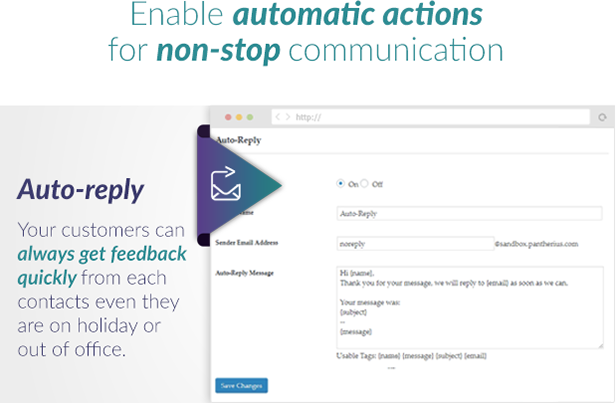
There are a few types of sticky headers that you could use on your site. The best part is that you can create a sticky navbar for both your primary and secondary navigation menus - no need to choose between the two.

Increase conversion rates by keeping a CTA button visible at all times (typically on the upper right-hand corner).It enhances the website experience and entices the visitor to consume more content, resulting in lower bounce rates.

With a fixed navigation bar, visitors can quickly find what they need. Sticky menus provide a simple solution to this annoying (and time-consuming) problem. Some visitors find it burdensome to scroll back to the top of a page to navigate a website. When visitors browse your website, you want to provide them with easy access to your content. Because good navigation enhances your user experience, you can improve dwell time, a critical SEO factor. Whether you’re running a travel blog, an online store, or a personal portfolio site, you want to ensure your website navigation makes it easier for users to find what they need and become subscribers or customers. The same is true for a WordPress website. You want visitors to easily find and engage with your content while maintaining consistency with your website design. Navigation is an important feature of any website. You can also subscribe to the blog or start a demo of the HubSpot CRM platform.

Here’s an example of a sticky menu, taken straight from HubSpot’s blog homepage:Īs you can see, even if you scroll down the page, you can still access the marketing, sales, service, and website blogs. Sticky menus are always accessible and help the visitor navigate your website much more quickly. A sticky menu - also called a fixed menu - is a static navigation bar that remains visible as a visitor scrolls up and down a webpage.


 0 kommentar(er)
0 kommentar(er)
